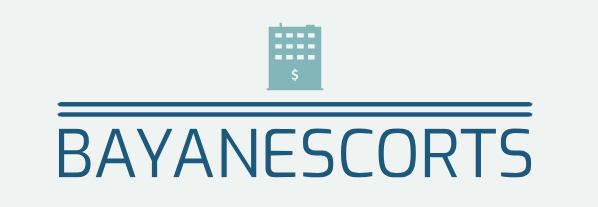Introduction:
In today’s fast-paced business world, efficiency is key to success. One often overlooked aspect of efficiency is office layout. By optimizing the arrangement of desks, workstations, and common areas, businesses can streamline workflows, boost productivity, and enhance employee satisfaction. Let’s explore some innovative office layout ideas aimed at maximizing efficiency in the workplace.
Flexible Workspaces:
Gone are the days of rigid, cubicle-centric office layouts. Instead, many modern workplaces are embracing flexible layouts that adapt to the needs of employees and tasks. This approach allows for easy reconfiguration of workspaces based on project requirements, team dynamics, and individual preferences. By providing a variety of work settings – from open collaboration areas to quiet focus zones – businesses can empower employees to work in a way that suits them best, ultimately leading to increased productivity and creativity.
Activity-Based Zones:
Another trend gaining popularity in office design is the concept of activity-based zones. Rather than assigning fixed desks to employees, spaces are organized into different zones tailored to specific activities, such as collaboration, concentration, or relaxation. For example, a coworking area might feature high-top tables and whiteboards for brainstorming sessions, while a quiet zone might offer individual workstations equipped with noise-canceling headphones. By providing designated areas for different tasks, businesses can optimize the office layout for maximum efficiency and effectiveness.
Biophilic Design Elements:
Research has shown that incorporating elements of nature into the workplace – a concept known as biophilic design – can have a positive impact on employee well-being and productivity. From living green walls to natural light and outdoor views, biophilic elements help reduce stress, improve mood, and enhance cognitive function. Integrating biophilic design into the office layout can create a more pleasant and inspiring work environment, leading to happier, healthier, and more productive employees.
Hot Desking and Hoteling:
Hot desking and hoteling are two strategies that allow employees to reserve desks or workspaces on an as-needed basis rather than having assigned seating. This approach not only maximizes space utilization but also promotes collaboration and flexibility. Employees have the freedom to choose where and how they work based on their daily tasks and preferences, while businesses benefit from reduced real estate costs and increased agility. However, successful implementation requires thoughtful planning, clear communication, and robust technology solutions to support reservation systems and ensure equitable access to resources.
Open Collaboration Areas:
Collaboration is essential for innovation and problem-solving in the workplace, and open collaboration areas provide dedicated spaces for teamwork and brainstorming sessions. These areas typically feature comfortable seating, writable surfaces, and multimedia technology to facilitate idea sharing and communication. By creating designated collaboration zones within the office layout, businesses can encourage spontaneous interactions, foster creativity, and strengthen team cohesion.
Technology Integration:
In today’s digital age, technology plays a central role in almost every aspect of work. Integrating technology seamlessly into the office layout can improve efficiency and connectivity. For example, wireless charging stations, video conferencing facilities, and smart whiteboards enable employees to collaborate and communicate more effectively, regardless of their location within the office. Additionally, IoT-enabled sensors and analytics tools can provide valuable insights into space utilization and employee behavior, informing future design decisions and optimization efforts.
Agile Workstations:
Agile workstations are designed to accommodate different work styles and preferences, allowing employees to easily transition between focused tasks and collaborative activities. These workstations often feature adjustable desks, ergonomic seating, and movable partitions that can be configured to suit individual needs. By empowering employees to customize their workspace according to their preferences and tasks, businesses can foster a culture of autonomy, creativity, and productivity.
Employee Wellness Areas:
Employee well-being is increasingly recognized as a crucial factor in workplace productivity and satisfaction. Office layouts that prioritize employee wellness include dedicated areas for relaxation, exercise, and mindfulness activities. For example, wellness rooms equipped with comfortable seating, soft lighting, and soothing music provide employees with a quiet space to recharge and de-stress. Additionally, on-site fitness centers, meditation rooms, and outdoor green spaces encourage physical activity and promote mental health.
Inclusive Design Practices:
Inclusivity is an essential consideration in office layout design, ensuring that the workplace is accessible and accommodating to employees of all abilities and backgrounds. Inclusive design practices may include features such as adjustable desks and seating, wheelchair-accessible workstations, and sensory-friendly environments. By embracing diversity and inclusivity in the office layout, businesses can create a more welcoming, equitable, and supportive work environment for all employees.
Conclusion:
Innovative office layout ideas have the power to transform the workplace into a dynamic, efficient, and inspiring environment where employees thrive. By embracing flexibility, collaboration, technology, and wellness, businesses can create office layouts that maximize efficiency, boost productivity, and enhance employee satisfaction. Whether it’s through flexible workspaces, activity-based zones, or inclusive design practices, the possibilities for optimizing the office layout are endless. Read more about office layout ideas

